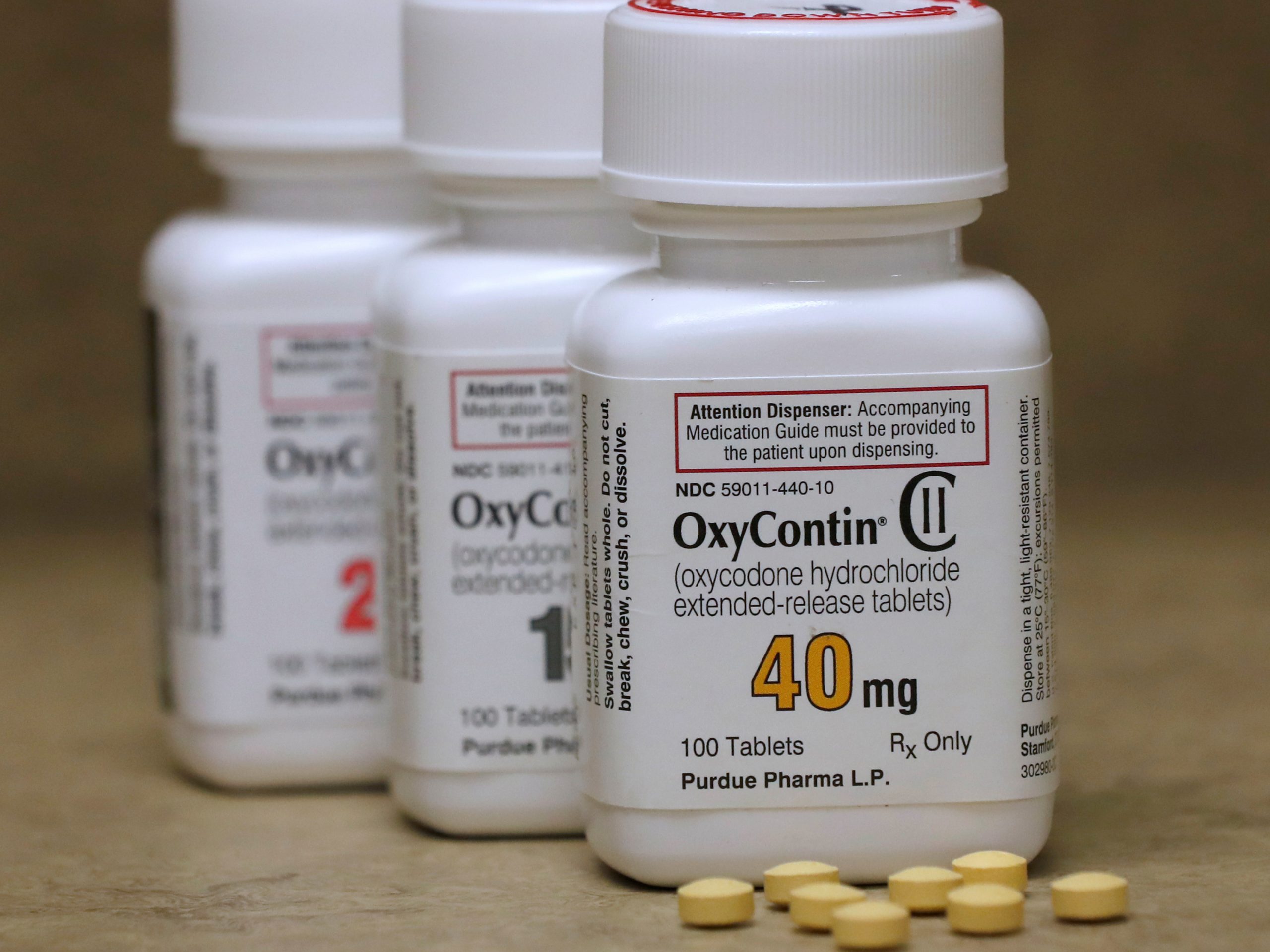- The family behind Purdue Pharma, the Sacklers, is one of the richest families in the US, with an estimated $13 billion fortune that came primarily from sales of controversial prescription painkiller OxyContin.
- The New York Times reported on Monday that family members moved $10.7 billion from Purdue Pharma to trusts and holding companies between 2008 and 2017, a report commission by the drugmaker shows.
- Purdue Pharma, the drugmaker behind controversial prescription painkiller OxyContin, filed for bankruptcy in September, as part of a tentative settlement agreement in thousands of lawsuits over what accusers say is misleading marketing of OxyContin that’s been partly responsible for fueling the US opioid crisis.
- While some members of the family own the pharmaceutical company, others have distanced themselves from the company and condemned the OxyContin-based wealth.
- The family is known for its philanthropic endeavors, though many institutions, including museums and universities, have now cut ties with the Sacklers.
- Visit Business Insider’s homepage for more stories
The pharmaceutical company behind OxyContin spent the past decade in crisis as lawsuits over its role in the opioid crisis piled up, but the billionaire family that owns it only got richer.
The Sacklers pulled $10.7 billion out of Purdue Pharma and moved it into a network of trusts and holding companies across the globe, The New York Times’ Jan Hoffman and Danny Hakim reported Monday. The Sacklers are already one of the wealthiest families in the US, with Forbes estimating that 20 relatives had a combined net worth of $13 billion as of 2016.
The source of the family’s wealth is OxyContin, the prescription painkiller made by Purdue Pharma that many say has fueled the US opioid crisis. Purdue Pharma filed for bankruptcy in September as part of a tentative settlement agreement in thousands of lawsuits over what accusers say is misleading marketing of the controversial painkiller. The settlement requires the owners of Purdue Pharma – members of the Sackler family – to pay out $3 billion of their own fortune in cash over the next seven years.
Here’s a look at the secretive and controversial family.
The Sackler family is one of the richest families in the US.
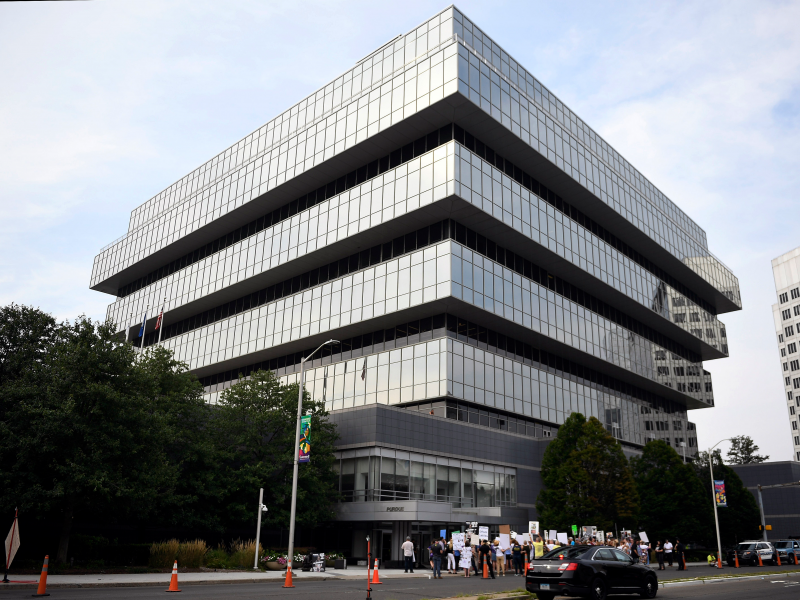
In 2016, Forbes estimated their net worth at a "conservative" $14 billion, beating out famously wealthy families such as the Mellons and the Rockefellers. More recent estimates put the figure at $13 billion. They own Purdue Pharma, a pharmaceutical company in Connecticut.
The vast majority of the Sackler fortune comes from a well-known prescription painkiller that Purdue Pharma launched in 1996, OxyContin.
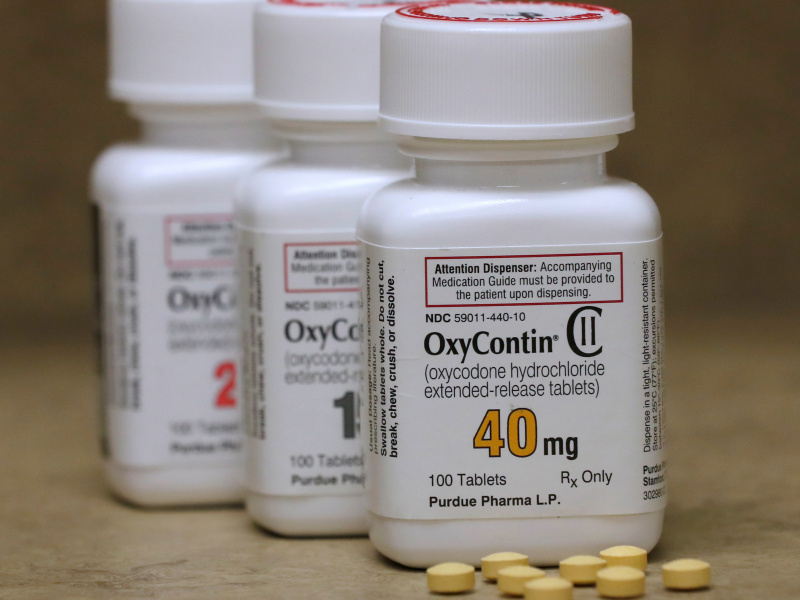
By 2001, sales of the drug made up about 80% of Purdue Pharma's revenue.
OxyContin is seen as partly to blame for the opioid crisis sweeping the US.

More than 130 people in the US die each day after overdosing on opioids, including prescription pain relievers, heroin, and synthetic opioids such as fentanyl, according to the National Institute of Drug Abuse.
A Centers for Disease Control and Prevention report in July indicated that overdose deaths actually dropped 5% from 2017 to 2018, the first year-to-year decline since 1990.
Purdue Pharma, which generates $3 billion in annual sales, has faced thousands of lawsuits over what accusers say is misleading marketing about the risks of addiction when taking OxyContin.
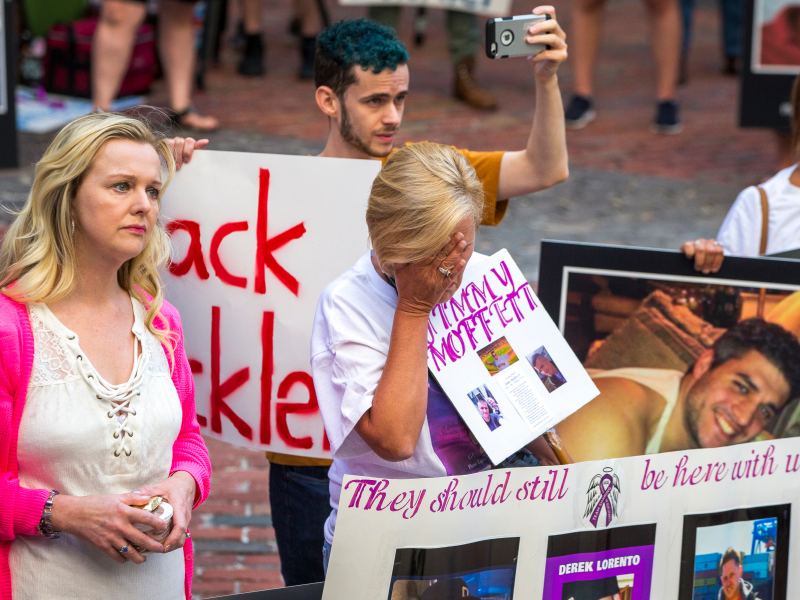
The Sackler family still completely owns the company, and the multibillion-dollar fortune is shared among 20 or so family members. As The New York Times has reported, the exact number of the family's fortune is unknown as Purdue Pharma is a private company.
On September 11, the New York Times reported that the owners of Purdue Pharma — including members of the Sackler family — reached a tentative settlement agreement.
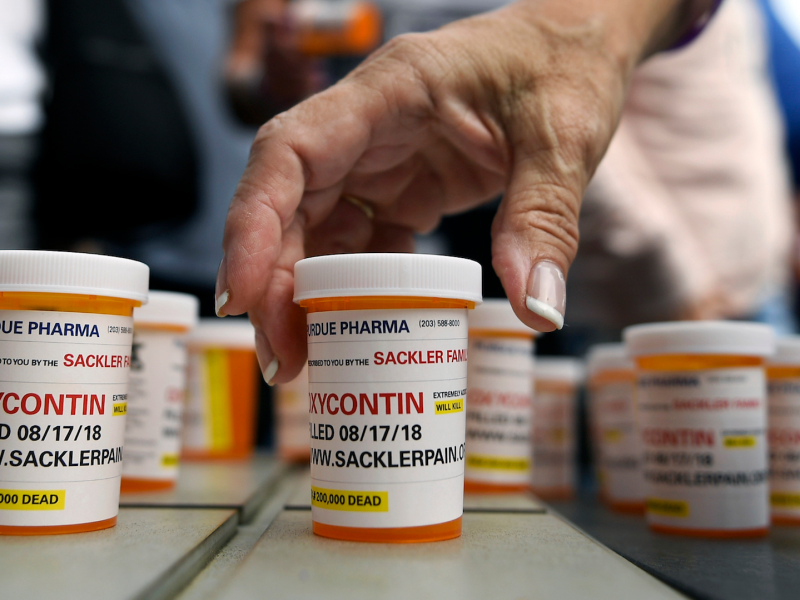
The settlement requires the Sacklers to pay $3 billion of their own fortune in cash over the next seven years, The Times reported.
Just a few days later on September 15, Purdue Pharma had filed for bankruptcy. The Chapter 11 filing came as part of a tentative settlement of more than 2,000 lawsuits against the pharmaceutical company for between $10 billion and $12 billion.
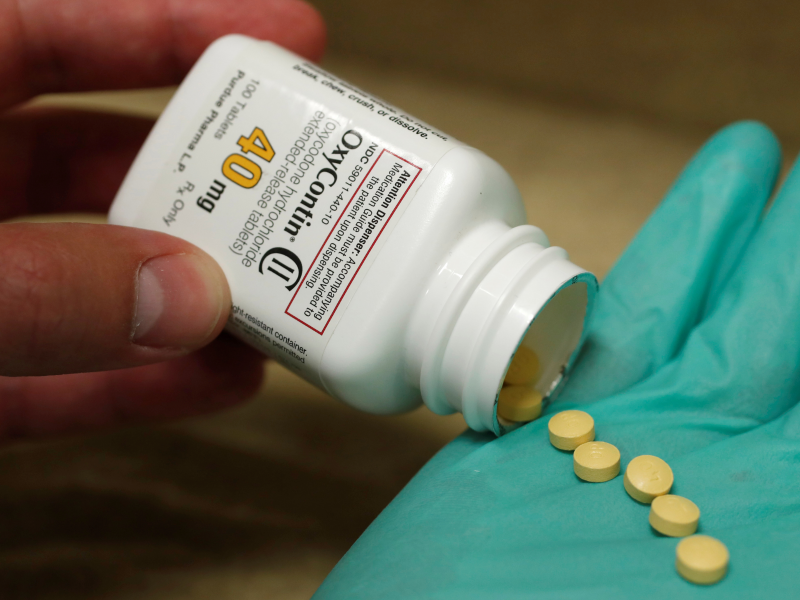
The proposed settlement includes the Sackler family giving up ownership of the company and turning it into a for-profit "public benefit trust" that would provide $4 billion in drugs - some of which are used to save people from overdoses - to cities, counties, and states, according to NBC News.
The deal would also include $3 billion in cash from the Sackler family, Bloomberg reported.
In a statement released on September 16, the Sackler family said:
"It is our hope the bankruptcy reorganization process that is now underway will end our ownership of Purdue and ensure its assets are dedicated for the public benefit ... We are hopeful that in time, those parties who are not yet supportive will ultimately shift their focus to the critical resources that the settlement provides to people and problems that need them."
Despite the tentative settlement, Purdue Pharma continues to deny any wrongdoing. In a statement to Business Insider, the company said: "While Purdue Pharma is prepared to defend itself vigorously in the opioid litigation, the company has made clear that it sees little good coming from years of wasteful litigation and appeals."
The company declined to comment on any further details of the proposed settlement to Business Insider.
In the midst of the court proceedings, members of the family reportedly finalized a deal that earned them about $60 million from the sale of 17 ski resorts in the Northeast and Midwest, The Washington Post reported.

"Many of the ski areas in the transaction sit in places that have been hit hard by prescription narcotic abuse over the past 20 years, including those in New Hampshire, as well as hills in Vermont, the Catskills in New York, Ohio and Pennsylvania," Christopher Rowland reported for the Post.
The deal included the sale of Attitash Mountain Ski Area and Wildcat Mountain Resort, both in New Hampshire.
Members of the Sackler family bought stock in Peak Resorts Inc., the company that sold the ski resorts, in 2015, according to the Post.
Representatives for the Sackler family and for Purdue Pharma did not immediately respond to Business Insider's request for comment regarding the deal.
But that payout pales in comparison to the $10.7 billion the family moved from Purdue Pharma to a worldwide network of trusts and holding companies between 2008 and 2017, according to an audit commissioned by Purdue.

The value of the transfers increased dramatically after Purdue came under scrutiny for its marketing tactics, according to the report. The Sacklers disbursed $1.32 billion from Purdue between 1995 and 2007, which was considered OxyContin's heyday.
The money transfers were an apparent attempt to shield the money from lawsuits, The New York Times' Jan Hoffman and Danny Hakim reported.
"These distribution numbers were known at the time the proposed settlement was agreed to by two dozen attorneys general and thousands of local governments," the family's attorney, Daniel S. Connolly, said in a statement to Business Insider. "They have been public for months, and this filing reflects the fact that more than half was paid in taxes and reinvested in businesses that will be sold as part of the proposed settlement. The Sackler family hopes to reach a productive resolution where they contribute Purdue for the public benefit and provide at least $3 billion of additional money to help communities and people who need help now, which makes more sense for everyone than continuing litigation that only squander resources."
In a lengthy statement about the report provided to Business Insider, a representative of Purdue Pharma said the company spent months compiling the report as a part of a larger effort to increase transparency. "Purdue is providing this exceedingly rare level of transparency to help ensure that all claimants, including attorneys general and the communities they represent, can support the settlement structure that would transfer more than $10 billion of value to the American public to address the opioid epidemic and save lives," the statement reads, in part.
The Sacklers are far from a tight-knit family.
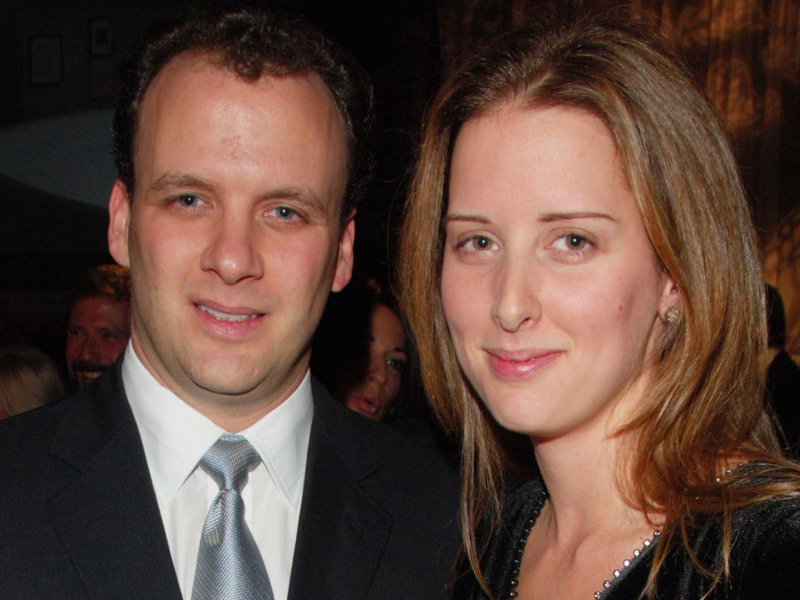
The Guardian described them in 2018 as "a sprawling and now feuding transatlantic dynasty." According to a 2017 article from The New Yorker, there are 15 Sackler children in the generation following the founders of Purdue.
While some Sacklers previously served as board members of Purdue Pharma, others - notably those descended from the eldest brother, Arthur M. Sackler, who died before OxyContin was invented - have distanced themselves from the company and condemned the OxyContin-based wealth, according to The Guardian. On September 18, a representative for Purdue Pharma told Business Insider that no Sackler family members have served on Purdue Pharma's board since January 2019.
The pharmaceutical empire began when the brothers Mortimer and Raymond Sackler took over a small pharmaceutical company in New York City's Greenwich Village called Purdue Frederick as cochairmen.

It later became Purdue Pharma.
Arthur, the oldest Sackler brother, worked in pharmaceutical marketing and became one of the world's leading collectors of Asian art.
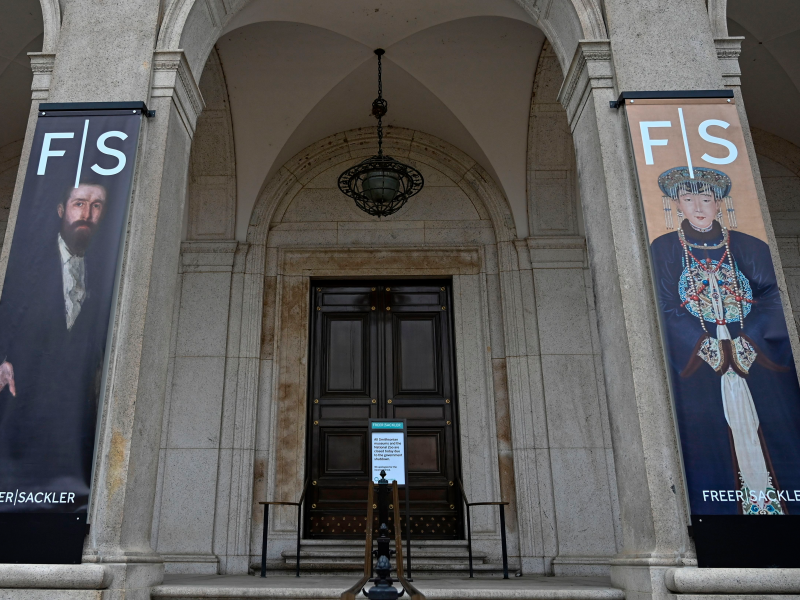
He died in 1987 at age 73, before OxyContin was invented. His descendants split off from the rest of the family years ago and are "mere multimillionaires," according to Esquire.
Arthur's four children, Elizabeth Sackler, Carol Master, Arthur Felix Sackler, and Denise Marica, have said they have not made any money from OxyContin.
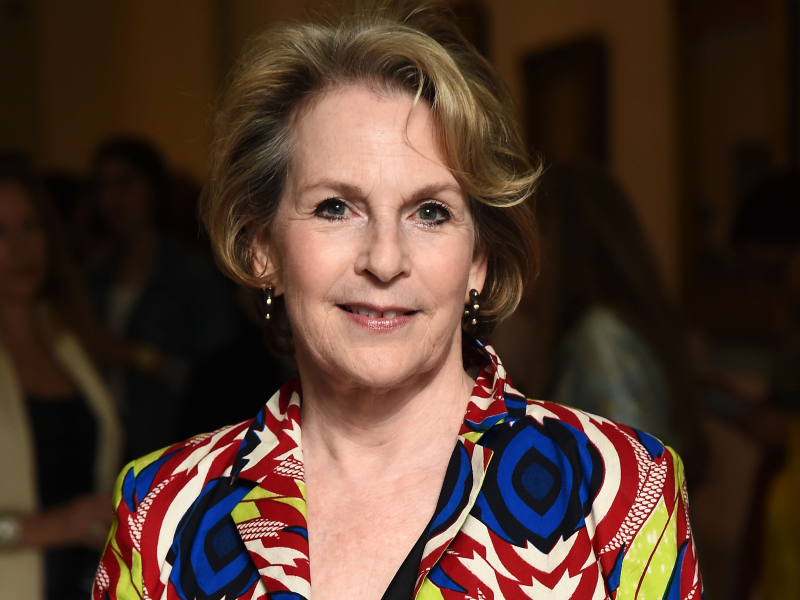
Elizabeth, a board member of the Brooklyn Museum, where she endowed the Elizabeth A. Sackler Center for Feminist Art, has called the OxyContin-based wealth of her family members "morally abhorrent."
A 2018 investigation by The Atlantic found a court document that showed a nearly $20 million payment to Arthur M. Sackler's estate in 1997 from the Purdue family of companies, suggesting his descendants did benefit in some way from OxyContin.
In an email to Business Insider, Janet Wootten, a spokeswoman for Jillian Sackler, widow of Arthur M. Sackler, denied that Jillian, Arthur, or their heirs have financially profited from the sale of OxyContin.
Mortimer Sackler, the middle son who was one of Purdue Pharma's chief executives, died in 2010 at age 93. He was survived by his third wife, Theresa Sackler, and seven children, three of whom were board members of Purdue Pharma, according to The Guardian. A rep for Purdue Pharma told Business Insider that no Sackler family members have served on Purdue's board since January 2019.
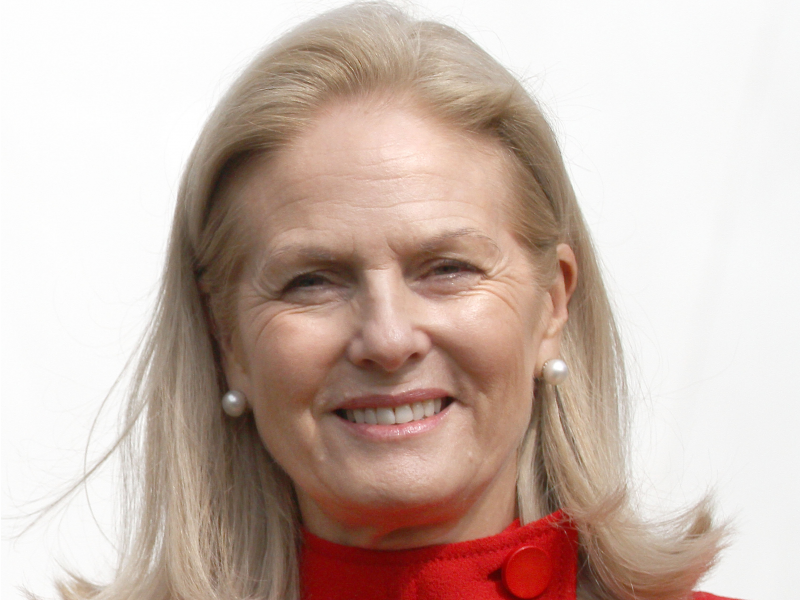
Theresa is heavily involved in philanthropic work. In 2011, she received the Prince of Wales Medal for Art Philanthropy.
One of those former board members is his son, also named Mortimer.
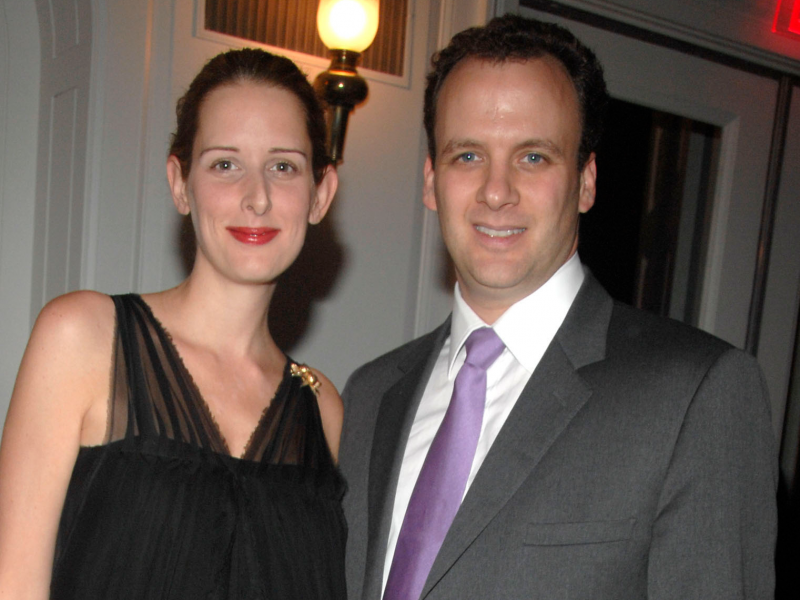
The other two are the daughters Kathe Sackler, who is also the founder and president of the Acorn Foundation for the Arts & Sciences, and Ilene Sackler Lefcourt, the director of the Sackler Lefcourt Center for Child Development.
The elder Mortimer's other four children — Samantha Sophia, Michael, Marissa, and Sophie — are apparently not involved in the company.
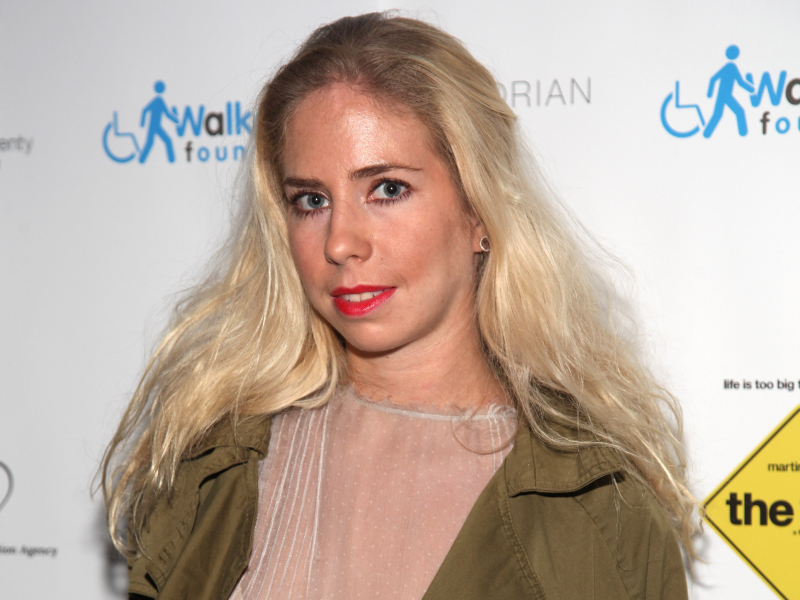
Marissa Sackler, who considers herself a "social entrepreneur," is the founder of Beespace, a nonprofit that supports organizations such as the Malala Fund.
Sophie Sackler is married to a British cricket player, with whom she lives in a $40 million house in London, according to The New Yorker.
Raymond Sackler, Purdue Pharma's other former chief executive, died in 2017 at age 97. He had two children: Jonathan and Richard.
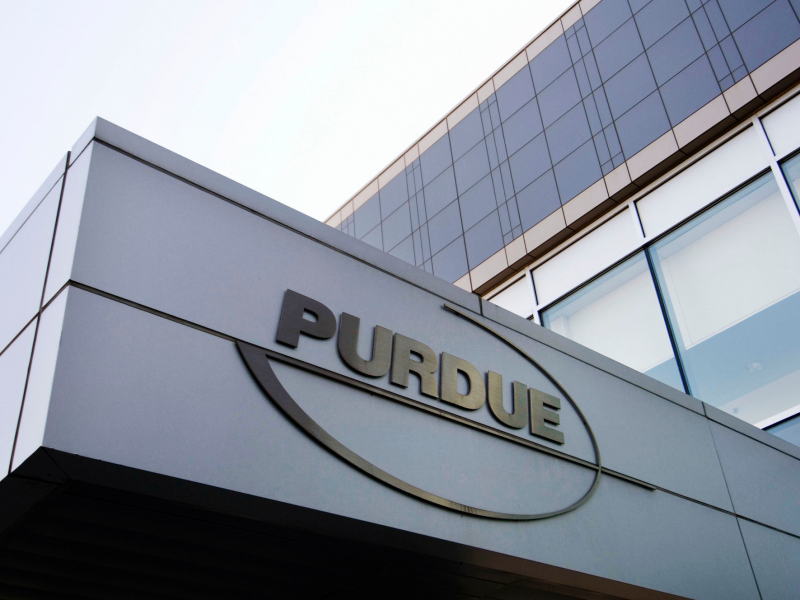
Both were board members at Purdue Pharma, The Guardian reported in February 2018.
Richard's son and Raymond's grandson, David, was also a board member.
Richard Sackler reportedly lives in a six-bedroom home in Austin, Texas.

The home in the Westlake neighborhood of Austin comes with a pool and views of Lake Austin.
His son, David Sackler, paid cash for a $22.5 million home in Los Angeles in 2018, according to Curbed.
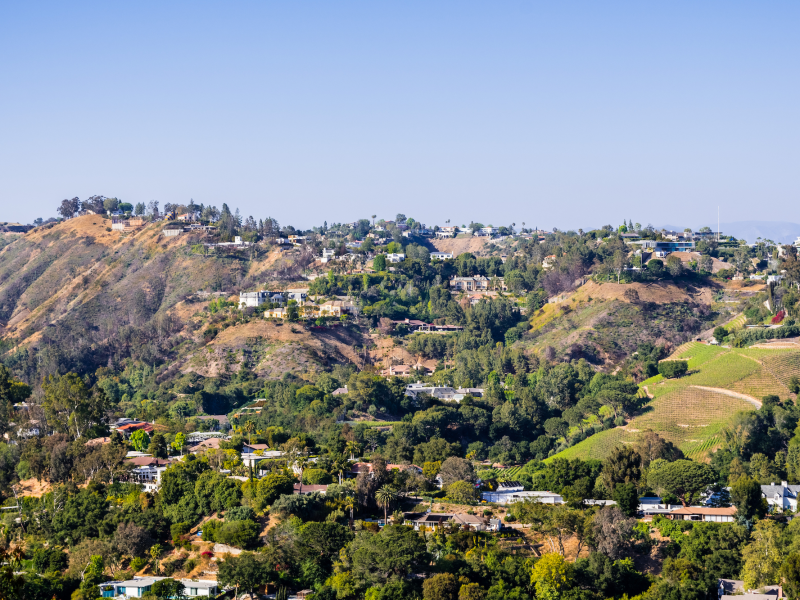
The 10,000-square-foot estate sits on four acres in the Bel Air neighborhood, according to Curbed, and includes a tennis court and a pool.
David is married to Joss Sackler, the founder of a private social club and clothing company for women.

Joss is the founder of LBV, a private social club that charges $2,500 a year in dues to be a core member. The club also recently launched its own fashion line.
Raymond's granddaughter, Madeleine Sackler, is an award-winning filmmaker.
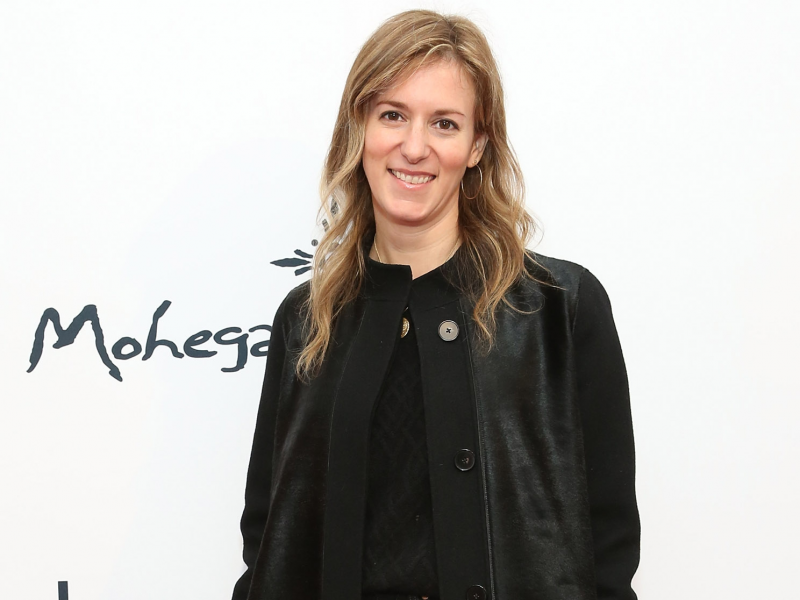
In response to criticism related to her family background, she said she had "never worked at the company or had any influence in it."
"The Sacklers have hidden their connection to their product," Keith Humphreys, a psychiatry professor at Stanford University who has written extensively about the opioid crisis, told Esquire.
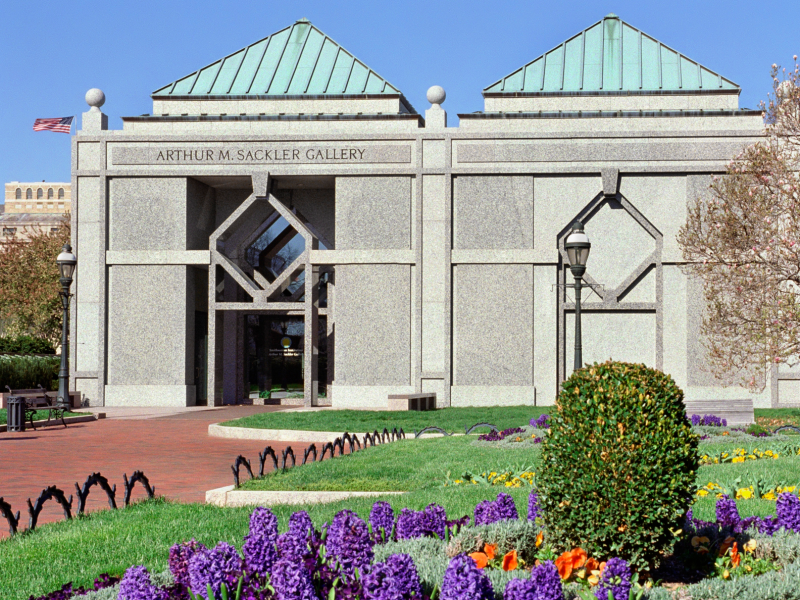
"They don't call it 'Sackler Pharma,'" Humphreys said. "They don't call their pills 'Sackler pills.' And when they're questioned, they say, 'Well, it's a privately held firm, we're a family, we like to keep our privacy, you understand.'"
But the family is well-known for their philanthropic endeavors, with their names visibly emblazoned on hospital wings and museum galleries.
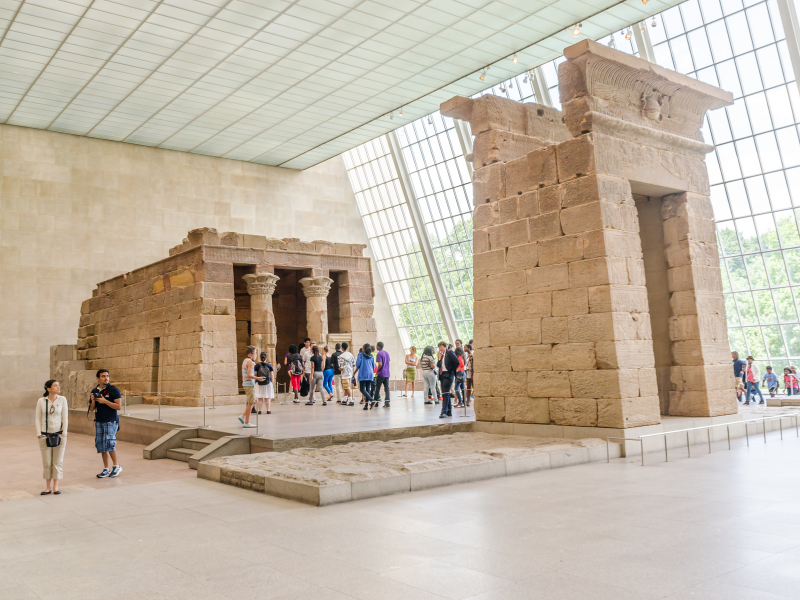
In a 2017 New Yorker article about the Sacklers titled "The Family That Built an Empire of Pain," Patrick Radden Keefe noted the Sacklers were well-known for their philanthropy.
The Sacklers reportedly donated $3.5 million to the Metropolitan Museum of Art in New York City in 1974 to create the Sackler Wing, where the Ancient Egyptian Temple of Dendur sits.
On May 15, 2019, however, the Met announced it would stop taking gifts from the Sacklers.
Many other institutions including nonprofits, museums, and universities have recently cut ties with the Sackler family over the opioid crisis.
There's a Sackler Center at the Guggenheim in New York City, as well as a Sackler Educational Lab at the American Museum of Natural History.
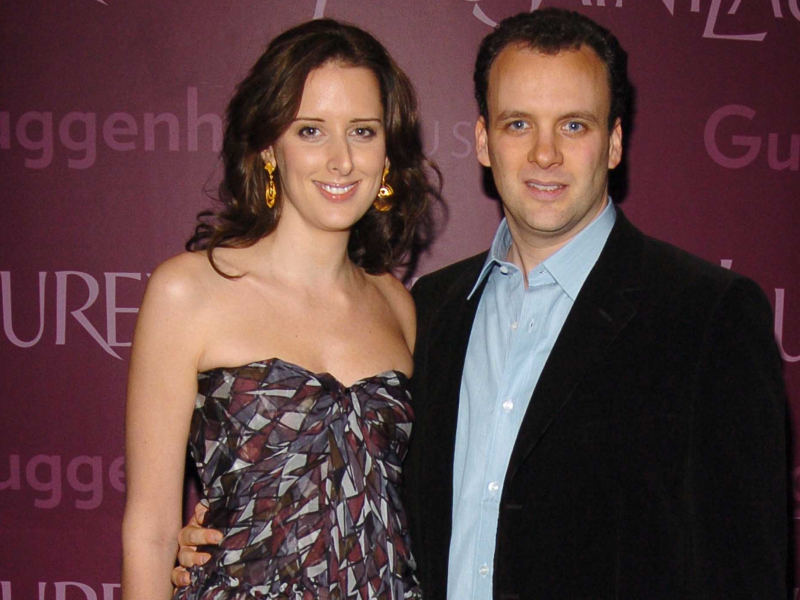
Source: Esquire
The family's influence on art extends beyond New York City. There's a Sackler Gallery at the Smithsonian Institution in Washington, DC.

According to Esquire, at Yale University, there's a Raymond and Beverly Sackler Institute for Biological, Physical and Engineering Sciences and a Richard Sackler and Jonathan Sackler Professorship of Internal Medicine.
And in London, there's the Serpentine Sackler Gallery.
There's even a type of rose named after a Sackler.
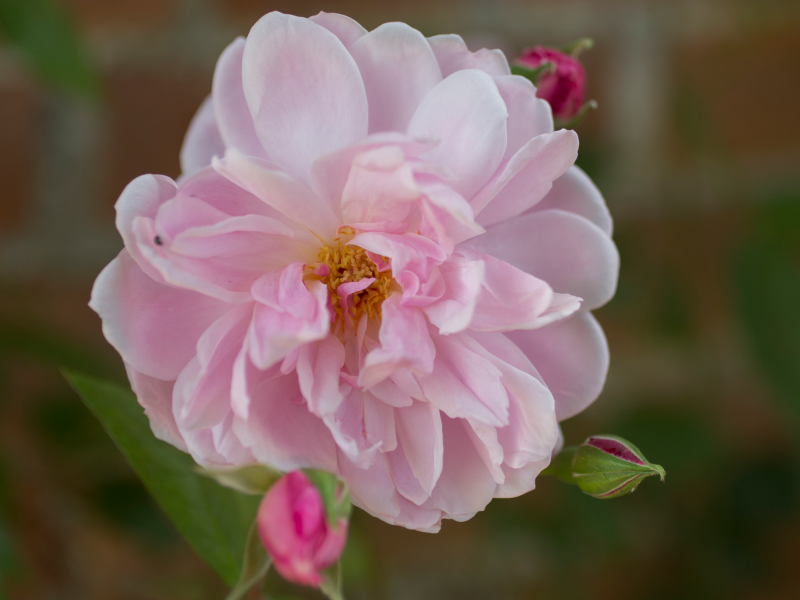
Some have suggested the Sacklers should instead put their money toward helping those affected by opioid addiction, The New Yorker's Patrick Radden Keefe reported.
